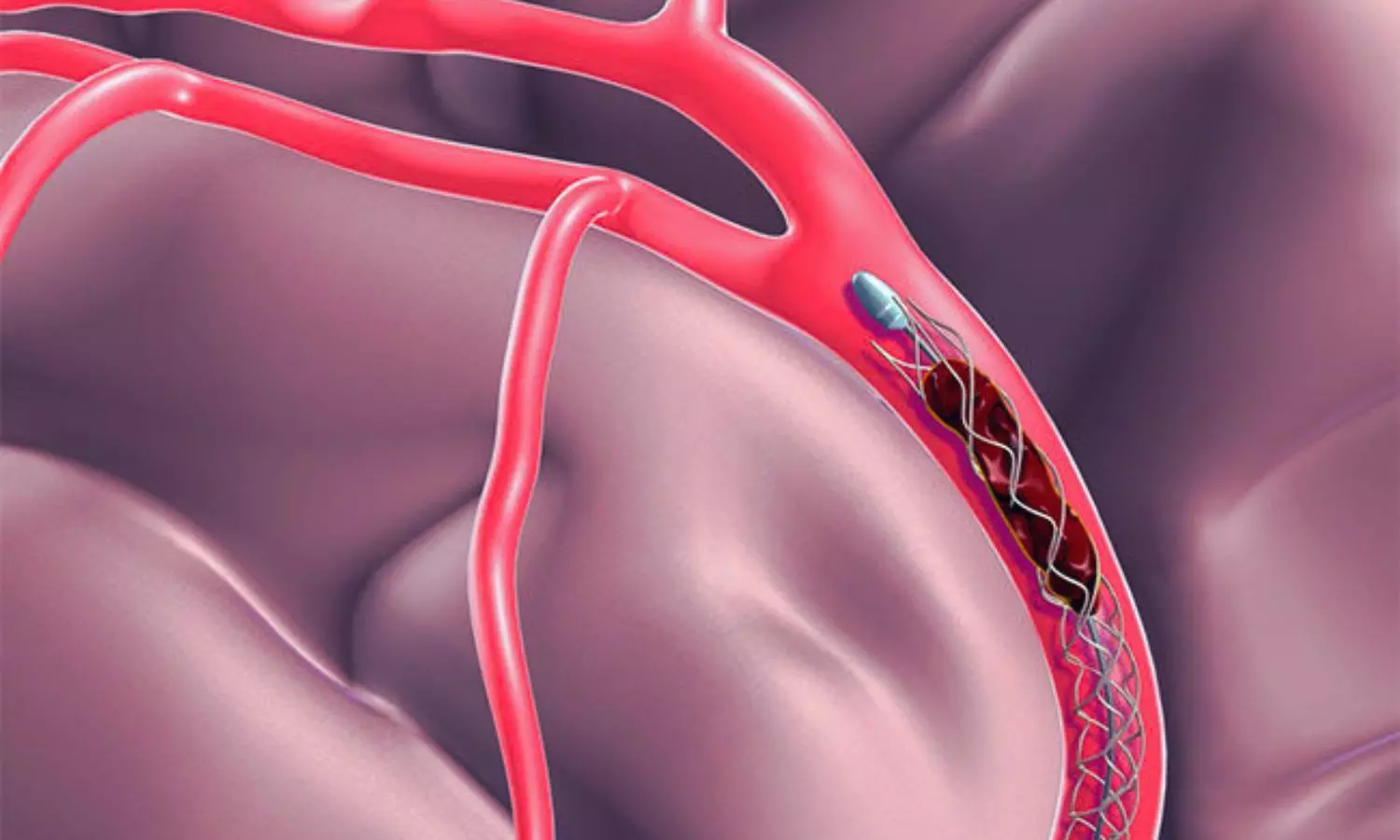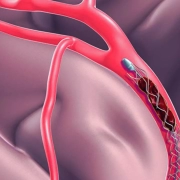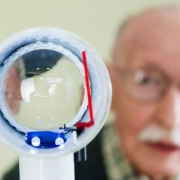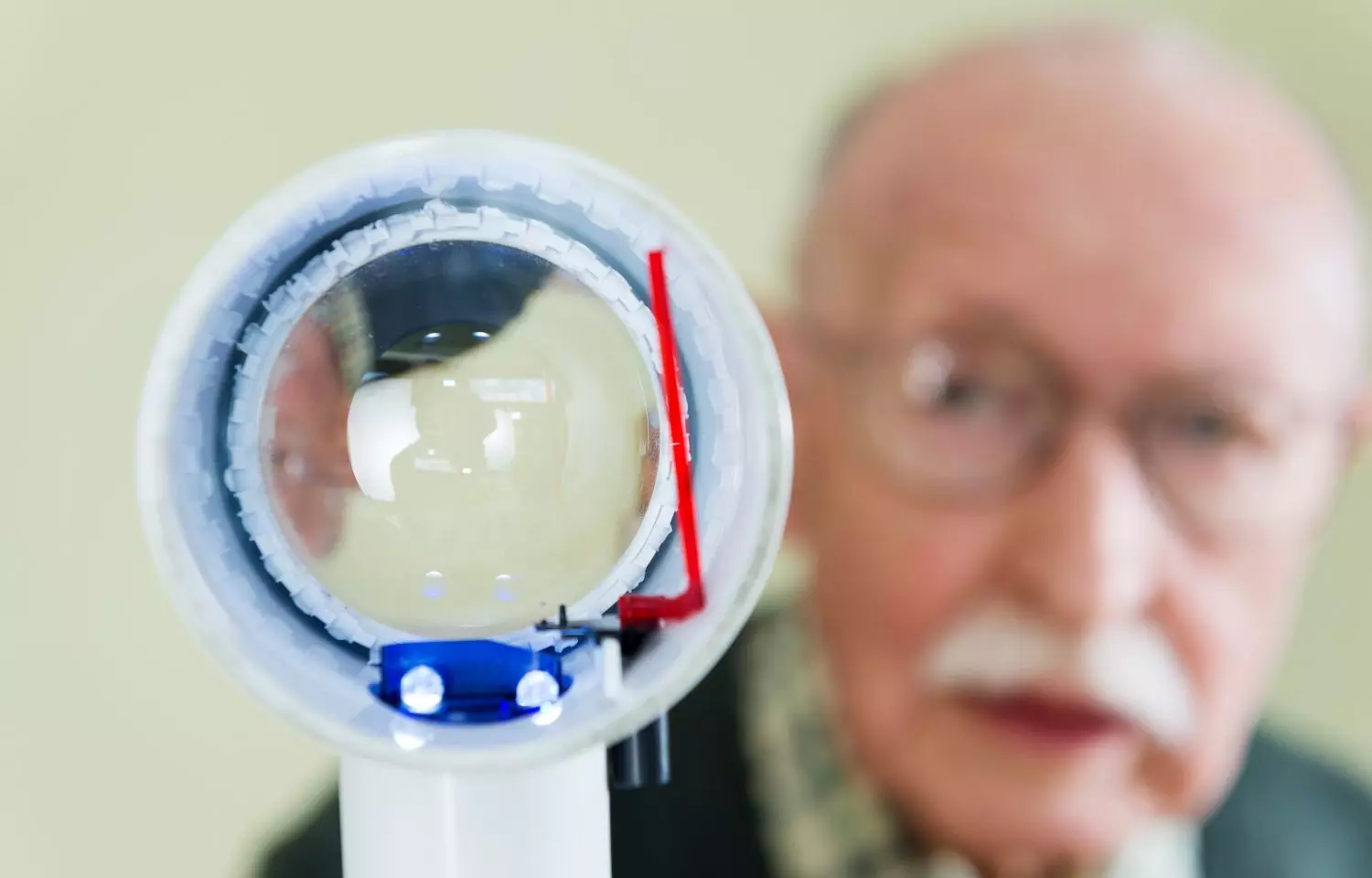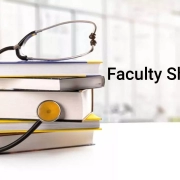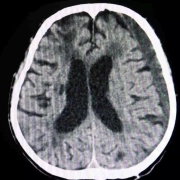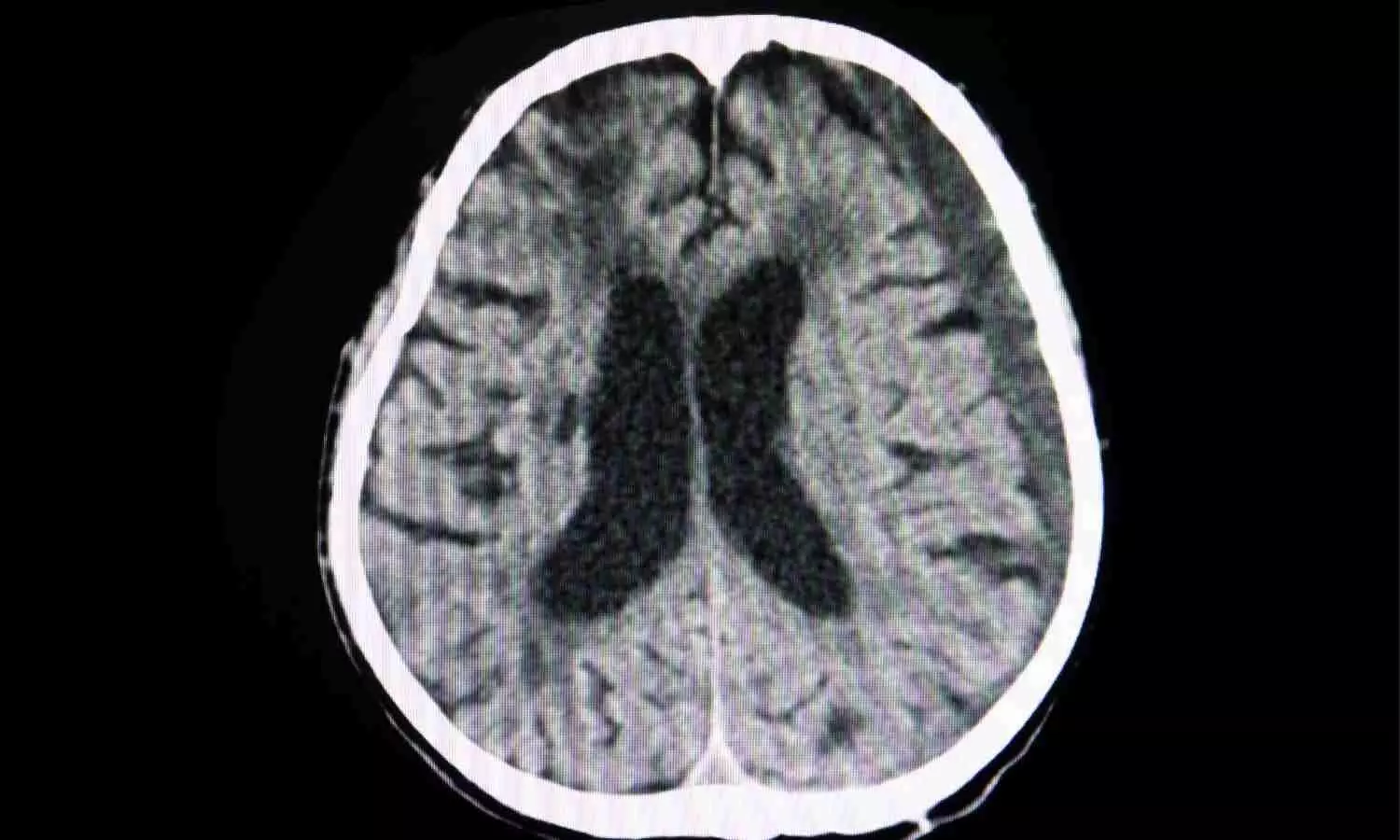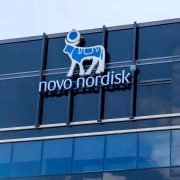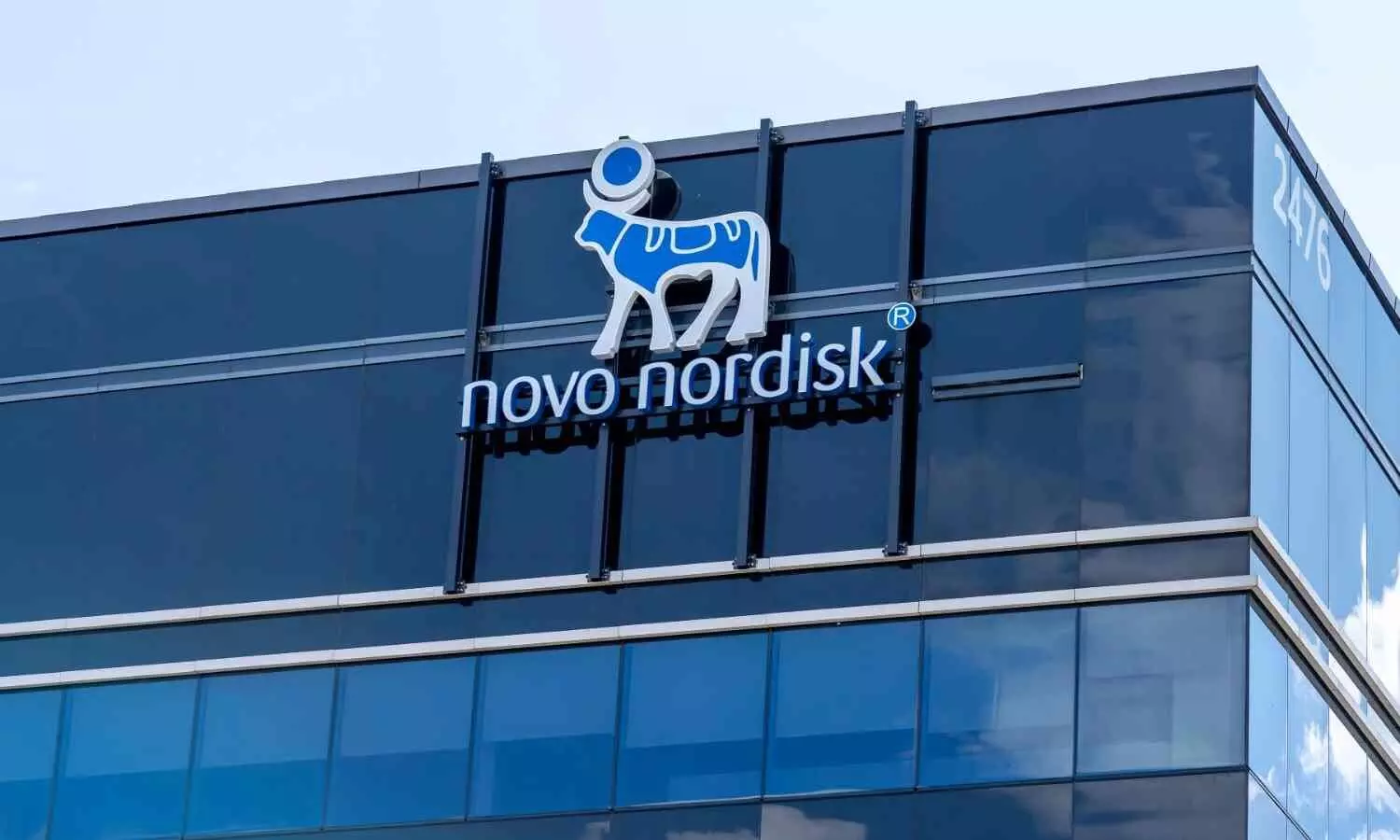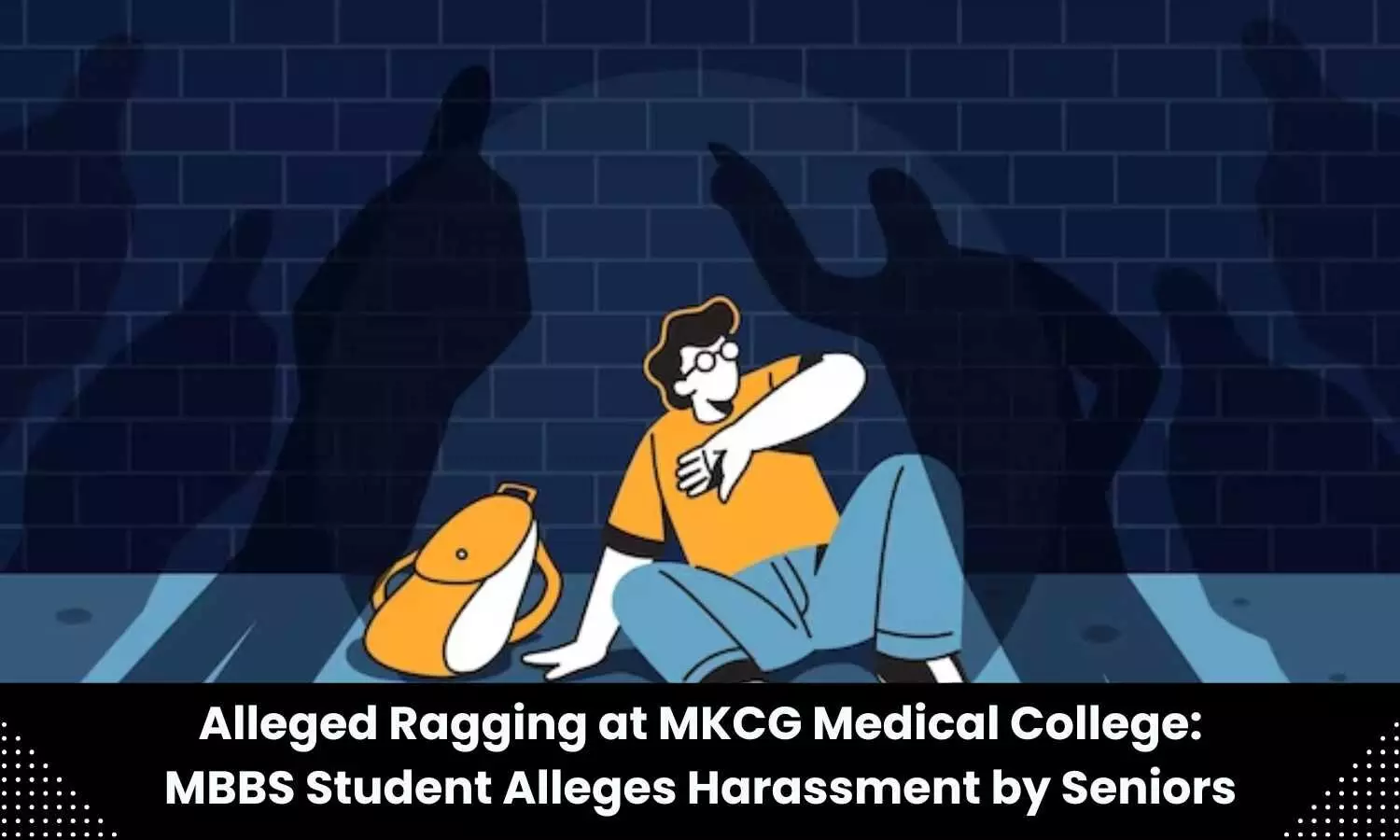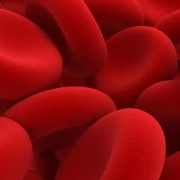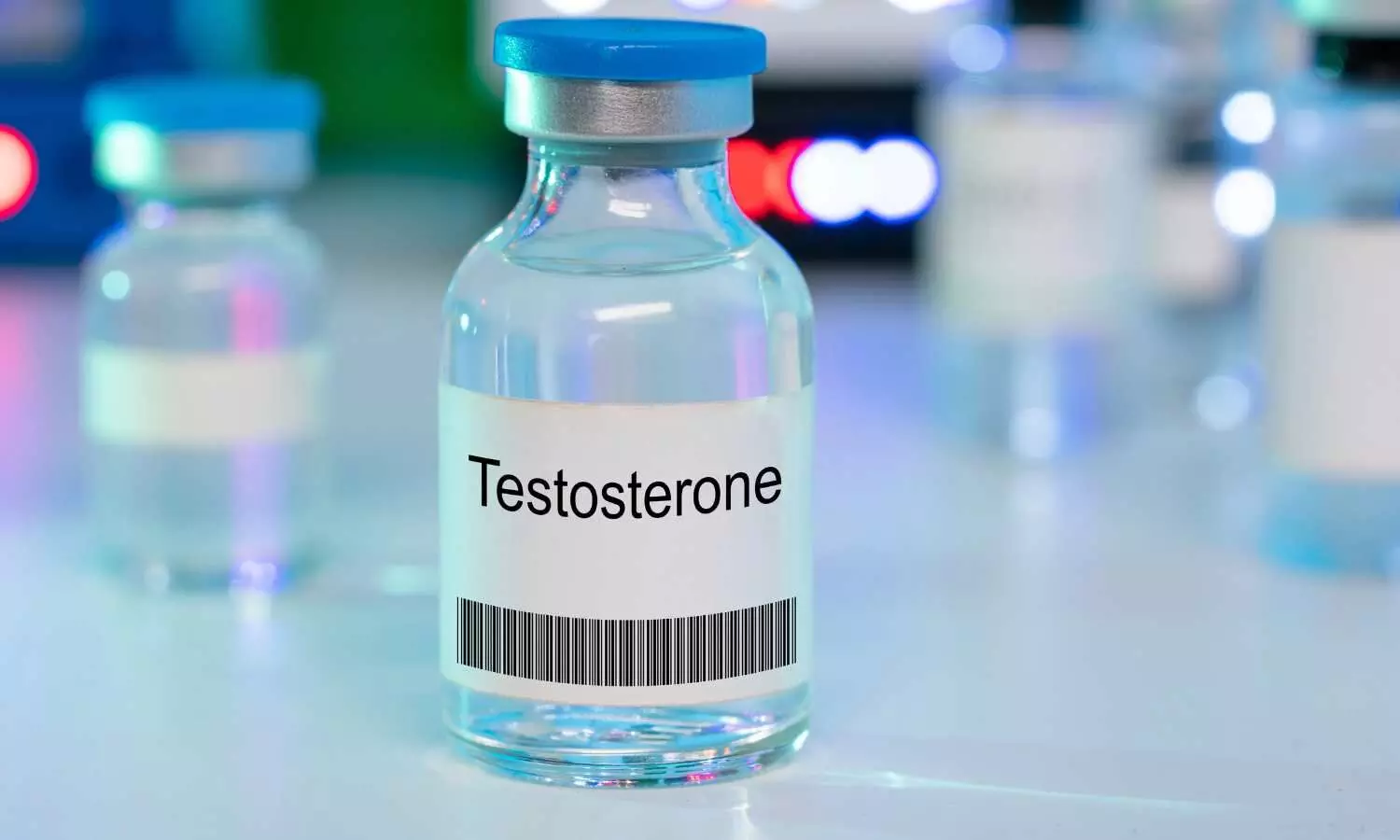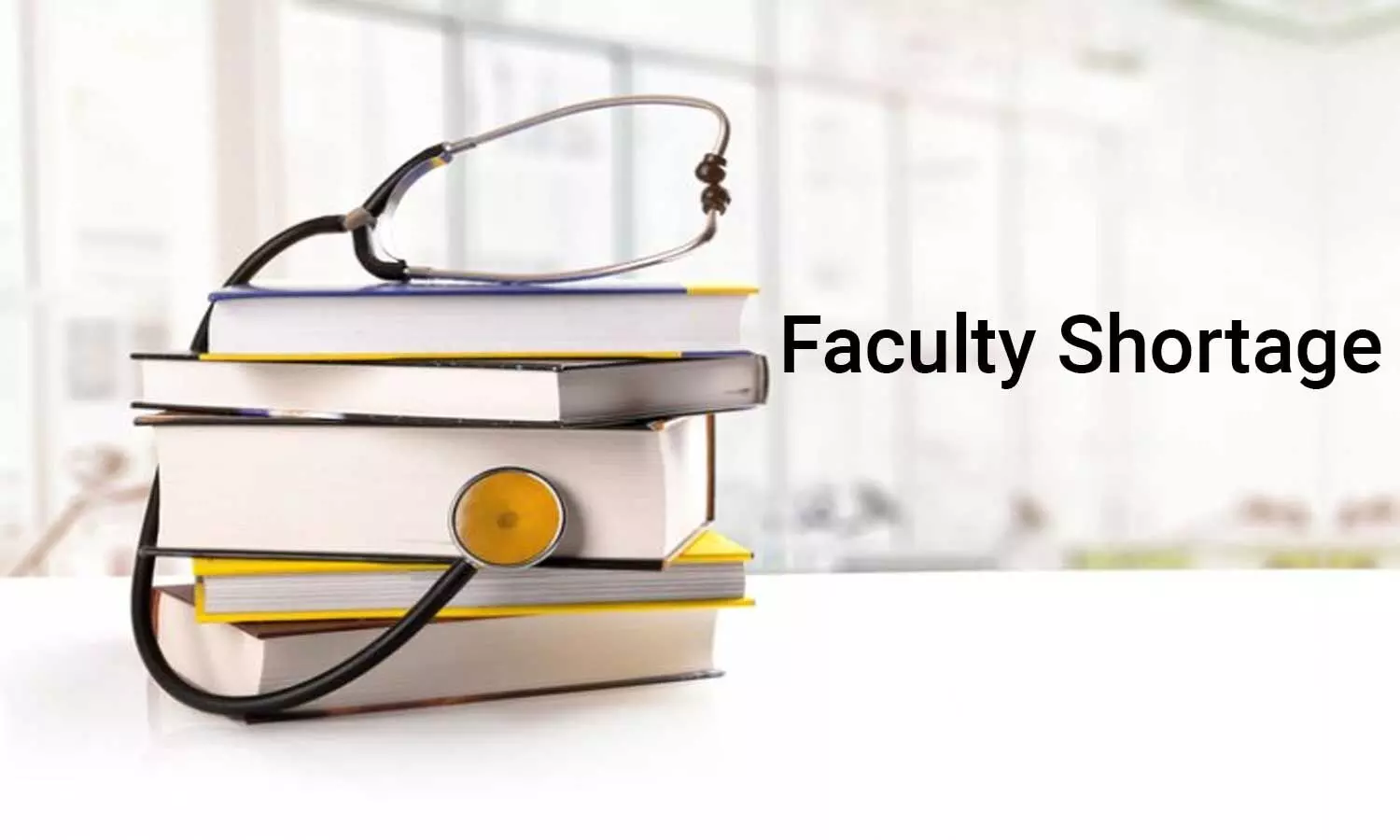
New Delhi: The shortage of faculty across the medical colleges in India is not only due to the genuine shortage of qualified faculty, but it is also because even the available faculty often lacks the inclination to teach at the college level, a Parliamentary Health Panel recently opined in its report.
In order to deal with the issue of faculty shortage and ghost faculty, the panel has recommended that the Government strictly enforce the regulations already in place to curb the problem of ghost faculty and zero attendance.
Further, the panel has suggested that the National Medical Commission (NMC) should conduct regular inspections of medical colleges and take action against the colleges that are found to be violating the regulations.
The panel also took note of the NMC’s rules of limiting the appointment of non-medical teachers at medical colleges and opined that the authorities should introduce a transitional period allowing the non-MBBS faculties to continue teaching until enough MBBS-qualified educators become available.
Further, the panel advised the authorities to streamline and implement an efficient recruitment process to expedite faculty appointments and fill the vacant positions without any delays.
These observations have been mentioned in the One Hundred Fifty-Seventh report of the Department-related Parliamentary Standing Committee on Health and Family Welfare. The panel, chaired by Shri Bhubaneswar Kalita, presented its report before the Parliament on 9th February 2024. Several issues related to medical education such as infrastructure, faculty issues, and quality control of medical education were discussed in the report.
Indian Medical Colleges have been reeling under shortage of adequate faculty for a long time. Medical Dialogues had last year reported that 349 out of the total 654 medical colleges across the country got a show cause notice from the Apex Medical regulator NMC for violations of the Minimum Standard Requirements 2020 including a deficiency in having the required faculty numbers.
Also Read: Faculty Shortage, Violation of MSR: 349 out of 654 medical colleges get NMC Show Cause Notice
Noting that faculty is central to the quality of medical education, the panel highlighted that experienced, knowledgeable and qualified teachers play a crucial role in providing quality medical education, and to the development of competent and ethical healthcare professionals.
However, the panel observed that due to the Government’s efforts to increase the number of medical colleges and UG and PG medical seats, the medical colleges in India are facing an alarming shortage of faculty members. In this regard, the Director Professor of Vardhman Mahavir Medical College & Safdarjung Hospital, New Delhi informed the committee that there is a severe shortage of faculty positions in various medical colleges spread all over India.
While discussing the issue, the panel referred to the reply of the Union Health Minister in Rajya Sabha in August 2023, as per which about 5,527 faculty positions in all AIIMS have been sanctioned and around 2,161 seats were lying vacant. AIIMS, New Delhi which is a premier institute also faces severe faculty crunch with almost 347 faculty positions lying vacant and this accounts for almost 28% of the total sanctioned strength, noted the Panel.
Further, the panel pointed out that a recent assessment of 246 medical colleges in 2022-2023 by the UG Medical Education Board (UGMEB) of NMC revealed that no medical college had adequate faculty members or senior residents, and all failed to meet the 50% attendance requirement.
The assessment brought to light that most of the colleges had either ghost faculty or senior residents or had yet to employ the required faculty at all. While none of the institutes met the minimum 50% attendance requirement, zero attendance of faculty was common in most of the medical colleges.
In its report, the panel also referred to NITI Aayog’s “Barriers to Recruitment, Onboarding, and Retention of Faculty in Government Medical Colleges of India” report, where the primary reasons for severe shortage of faculty in medical colleges included- significant delays in the recruitment process, well-compensated positions in the private sector attracting professionals, preference for job postings in major urban centers or near one’s hometown, and restriction on recruiting faculty with PG qualifications in basic sciences due to the modified NMC guidelines in 2019.
Taking note of all these factors, the panel observed that “…establishing additional medical colleges is undoubtedly a positive stride in addressing the chronic shortage of healthcare professionals. However, in this effort, it is crucial to ensure the production of genuinely qualified doctors which is incumbent upon the presence of well-qualified and experienced faculty members. Teachers in medical colleges are the cornerstone of a robust medical education system, shaping not only the knowledge and skills but also the ethical foundations of future medical practitioners.”
“The Committee believes that whether it is the expansion of medical colleges or the implementation of progressive initiatives like NMC’s Competency-Based Medical Education (CBME) module, the efficacy of these reforms hinges on the availability of a dedicated, skilled teaching force. The shortage of qualified teachers is a common thread in both scenarios and addressing this issue is paramount. In this regard, the Committee has taken note of the findings of NMC for 246 medical colleges. The Committee views that NMC’s efforts, like AEBAS based attendance CCTVs in colleges, have yet to deliver much as issues like ghost faculty and zero faculty attendance have only escalated as per the NMC’s assessment,” it further noted.
Recommendations by the Panel:
The panel agreed that the faculty shortage in the Indian medical colleges is not only because of genuine shortage, but also because the available faculty often lacks the urge to teach at medical colleges.
“Therefore, the Committee is of the consensus that the faculty shortage issue in India is twofold: first, there is a genuine shortage of qualified faculty members, and second, even the available faculty often lacks the inclination to teach at the college level,” observed the panel.
To deal with the issue, the panel has recommended the Government to strictly enforce the existing regulations. It mentioned in the report, “To address the issue of ghost faculty and ensure that the available faculty comes to the college to teach, the Committee recommends the Government to strictly enforce the regulations already in place to curb the problem of ghost faculty and zero attendance. NMC should conduct regular inspections of medical colleges and take action against colleges that are found to be violating the regulations.”
It also opined that the recruitment process should be streamlined and advised to implement an efficient recruitment process to expedite faculty appointments and fill the vacant positions without any delays.
“Additionally, streamlining the recruitment process is imperative. The significant delays in the recruitment process must be reduced through the simplification of bureaucratic procedures and the incorporation of technology for quicker application processing and interview scheduling. An efficient recruitment process is necessary to expedite faculty appointments and fill vacant positions without unnecessary delays,” it advised.
“NMC should make it easier for students and parents to report ghost faculty and zero attendance. Furthermore, the Committee feels that the Government should undertake some essential steps for retaining faculty viz. improved working conditions for faculty members, transparent career progression paths, etc. Clear criteria and milestones for promotions by recognising and rewarding excellence in teaching, research, and clinical work need to be chalked out. Regular performance evaluations are crucial in identifying and addressing concerns promptly,” the panel further mentioned in its report.
Faculty Qualifications and Competence:
Further discussing the issue of faculty shortage, the panel referred to the NMC guidelines dating back to 2022 titled “Teacher’s Eligibility Qualifications in Medical Institutions Regulations, 2022”, which was put in place with the goal of elevating the standards of medical education and healthcare across the nation. As per the new guidelines, all medical teachers are required to have a postgraduate degree or equivalent qualification in the subject they are teaching. Furthermore, these regulations require all medical teachers to complete basic training in medical education technology and biomedical research. The new rules have more rigorous criteria for promotions of medical teachers.
At this outset, the panel noted, “The Committee notes that the NMC’s “Teacher’s Eligibility Qualifications in Medical Institutions Regulations, 2022″, are a significant step forward in improving the quality of medical education in India. By requiring higher qualifications for teachers, mandating training in medical education technology and biomedical research, and having more rigorous promotion criteria, the new regulations will help to ensure that medical teachers in India are highly skilled and qualified. The Committee, however, opines that along with the rigorous promotion criteria, NMC should focus more on Teacher-Learning Programmes than on manpower and infrastructure.”
“The Commission should also formulate norms to incentivize and encourage faculty to take up training for skills improvement and devise policies creating an ambience to kindle interest in research in the faculties. Furthermore, the Committee recommends the NMC design and strictly implement exhaustive training programs for faculties to enhance their understanding of the principles, functioning, and practices of CBME,” the panel further advised to the Commission.
Non-Medical Teachers:
The issue of limited appointment of non-medical teachers as faculties in medical colleges has also been discussed by the Parliamentary Committee. The panel observed that in order to reform the quality of medical education and effectively implement the CBME module, NMC limited the appointment of Non-medical teachers in the Department of Anatomy, Physiology, and Biochemistry to the extent of 15% of the total number of posts and zero percent in microbiology and pharmacology subject to non-availability of medical teachers. It also observed that the erstwhile Medical Council of India, allowed allowed up to 30% appointment of nonmedical faculty in these courses.
Medical MSc degree is included in the first schedule of the Indian Medical Council Act, 1956. Medical MSc courses were opened for non-doctors in the 1960s to counter faculty shortage, observed the panel.
Referring to the issue, although the panel recognized NMC’s aspiration to introduce competency-based learning for MBBS students and foster clinical exposure from the early stages of their education, it also noted that “…the sudden cessation of non-MBBS candidates teaching non & non-para-clinical subjects, such as anatomy, pharmacology, and microbiology, presents a complex situation. While upholding high educational standards is paramount, there is a need for a balanced and gradual approach that accommodates the interests and expertise of non-MBBS candidates.”
Therefore, the panel recommended the authorities to take a “thoughtful and phased strategy” and further mentioned, “It is advisable to introduce a transitional period that allows non-MBBS faculty members to continue teaching these subjects until enough MBBS-qualified educators become available. This gradual shift will ensure that students continue to receive a comprehensive education as the transition toward competency-based learning takes place. Furthermore, it is crucial to emphasize faculty development for non-MBBS educators, offering them opportunities to enhance their teaching skills and align their curriculum with evolving standards in medical education. This will help them remain effective contributors to medical education. Non-MBBS educators often bring unique perspectives and expertise to the field. Rather than limiting their involvement, their expertise can be integrated into the education system through collaborative efforts, interdisciplinary research, and innovative teaching methodologies.”
Faculty Development:
Further emphasizing the importance of faculty development to ensure that all faculty members have the required skills and knowledge, the panel has recommended NMC to release the guidelines on the Faculty Development Programme without any delay.
“The policies should be formulated to support the achievement of the goal to enhance the quality and relevance of education for future healthcare professionals. These guidelines should encompass critical areas such as clinical instruction, small group facilitation, large group presentations, feedback and assessment, personal and organizational growth, leadership, and scholarly activities. The strategies and formats for faculty development should exhibit flexibility, ensuring they are tailored to the specific healthcare requirements of our nation, institution, and learners. Faculty development programs (FDPs) can encompass a range of activities, including continuing education, on-the-job training, traditional classroom settings, in-person, online, or via tele/videoconferences, self-paced learning, mentorship, involvement in communities of practice, or a combination of these approaches,” opined the panel.
Taking note of the fact that conducting faculty training through regional bodies and nodal centers has limited availability and capacity, the panel has recommended “establishing a National Institute for Training of Medical Teachers. A dedicated institute would provide year-round access to training for medical college faculty, effectively expanding the capacity for teacher development and establishing standardized quality benchmarks. This may also lead to the institutionalization of training procedures and best practices.”
Also Read: Churachandpur Medical College in Manipur Struggles to Fill Unoccupied MBBS Seats Amidst Faculty Shortage
